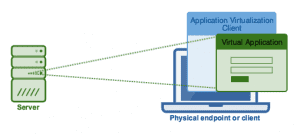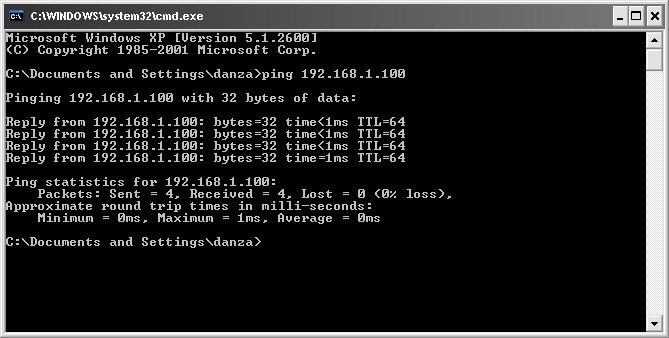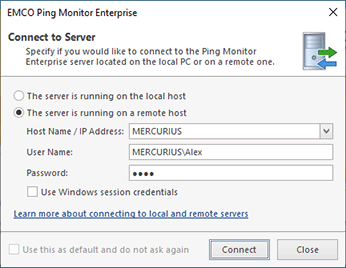

- #Parallels client pinging host how to#
- #Parallels client pinging host pro#
- #Parallels client pinging host Pc#
- #Parallels client pinging host mac#
Whatever file transfer settings you configure on each level, they take precedence in the order listed above.
#Parallels client pinging host Pc#
Works with virtual desktops, terminal server/RD session host, and Windows PC host.Higher level of security when you authenticate with two-factor authentication.Seamless access to Windows applications on your device.

#Parallels client pinging host mac#
It's the fastest, simplest, and most reliable way to use virtualized applications and desktops on your device. From Ubuntu, attempt to ping your windows IP, then immediately do arp -an to see if there is a mac address associated with the corresponding IP. I have chosen NAT as networking type for the guest. I have added guest host entry in the host's hosts file. Try pinging any Parallels server by entering the following command: ping A normal output looks somewhat like this: Reply from 64.131.89.6: bytes32 time188ms TTL54 Reply from 64.131.89.6: bytes32 time187ms TTL54 If you get the following reply: Request timed out. With Ubuntu 16 as the ghost, I can not ping the Oracle guest. I have added guest host entry in the host's hosts file. Parallels Client, when connected to the Parallels RAS, provides secure access to business applications, virtual desktops, and data. With Windows as the host I can ping the guest without any problem.
#Parallels client pinging host how to#
How to reset user Home folder permissions on Mac If there is no any user account with the same ID as root, refer to this article: If you find any user account with ID=0 (except of root) - this is the root cause of the issue (for example please follow this article:
#Parallels client pinging host pro#
Note: configuring Shared and Host-Only networks is available in Pro and Business Editions in Parallels Desktop Preferences > Network.

If it does not help, check the user accounts' IDs by executing the following command in Terminal ( Finder -> Applications -> Utilities -> Terminal): dscl. Virtual machine can use three different networking modes depending on user needs: To switch between network modes go to menu bar when virtual machine is active > Devices menu > Network.

Please help as i need to use bridged network so that the mac can use the DHCP from my router.


 0 kommentar(er)
0 kommentar(er)
